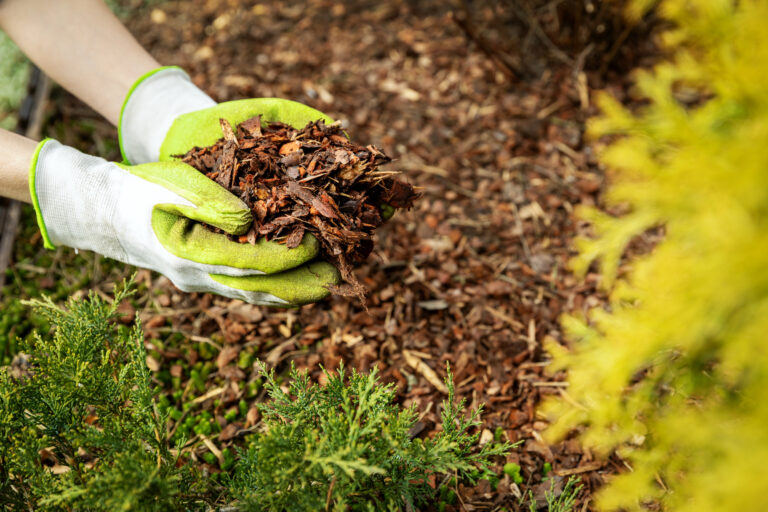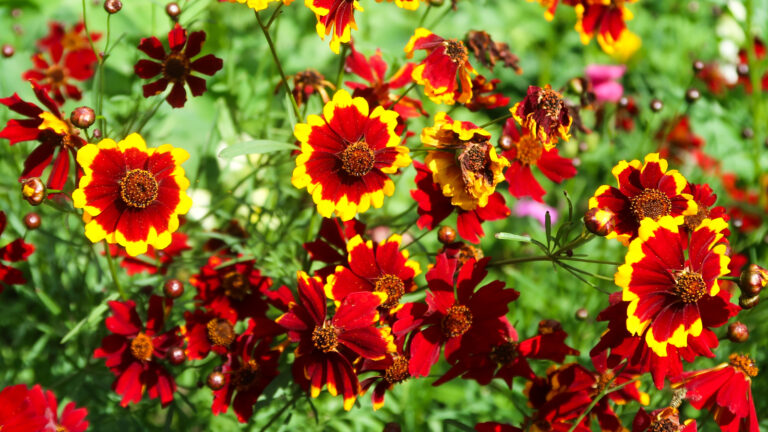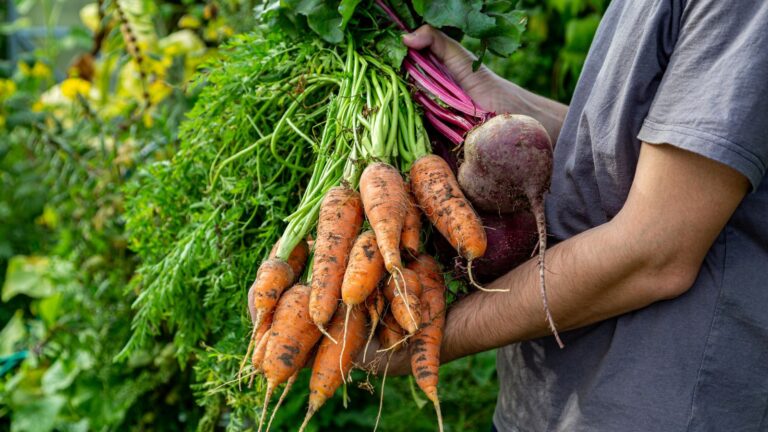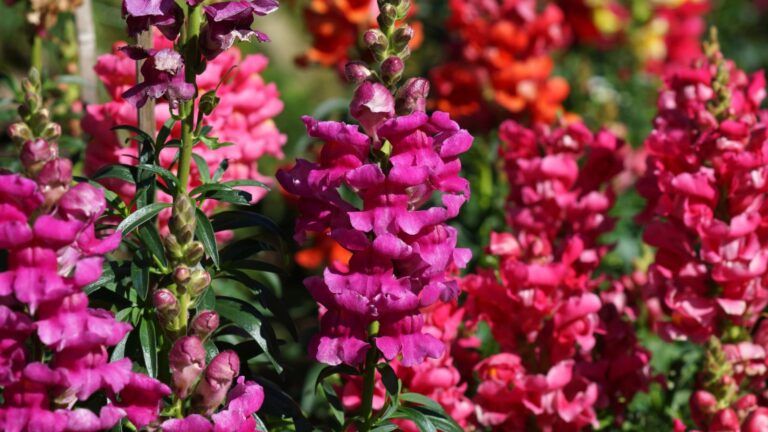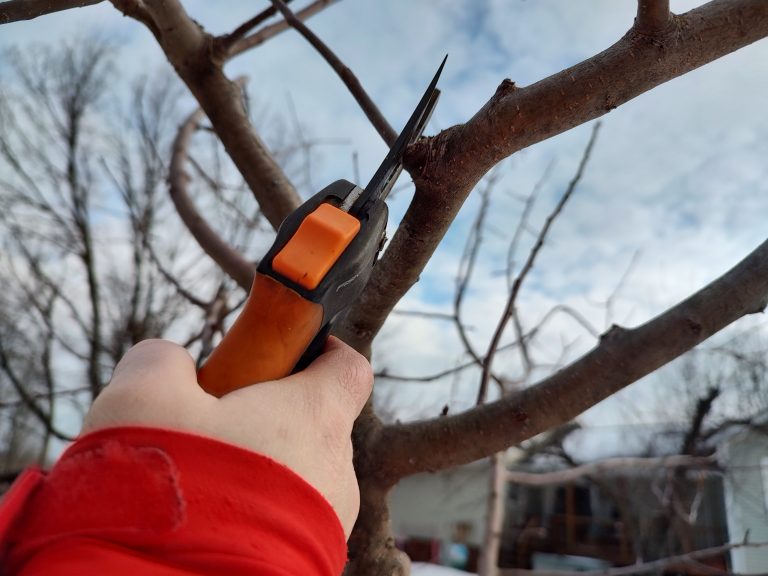This post may contain affiliate links.
Composting is a sustainable and eco-friendly way to recycle kitchen and garden waste. Composting turns your kitchen waste into nutrient-rich compost that benefits plants and reduces landfill waste.
Studies by the EPA have shown that 87.2 million tons of material were kept out of the trash by recycling and composting in the USA. This kept 186 million metric tons of carbon dioxide from entering the atmosphere, the same as taking almost 39 million cars off the road for a year.
Many people shy away from composting, thinking it’s complicated and time-consuming. However, you can create your compost heap effortlessly with a few easy steps. This article will explore the basics of composting and provide a simple guide to make composting a breeze.
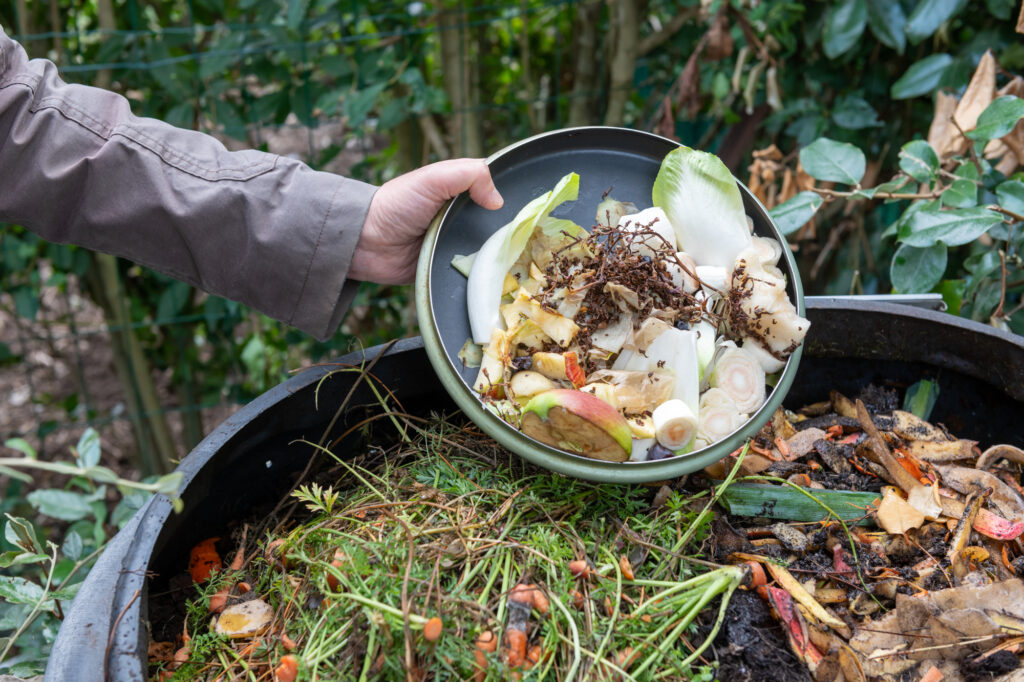
Understanding Composting:
Composting is a natural process where organic materials decompose to form a nutrient-rich soil conditioner. The key ingredients for successful composting are “green” and “brown” materials.
- Green materials: These are nitrogen-rich items such as kitchen scraps (fruit and vegetable peels, coffee grounds), fresh yard waste, egg shells, and green plants.
- Brown materials: These are carbon-rich items like dried leaves, straw, dryer lint, fireplace ashes, newspaper, and cardboard.

Choosing a Composting Method:
Composting is a fantastic way to recycle organic waste and create nutrient-rich soil amendments for your garden. While there are various composting methods, two prominent techniques stand out: hot composting and cold composting. Here are some things to consider when it comes to hot composting versus cold composting.
Hot Composting:
- Definition: Hot composting is an accelerated and thermophilic process that relies on microbial activity to break down organic matter quickly.
- Optimal Temperature Range: Hot composting occurs at higher temperatures, typically between 135°F to 160°F (57°C to 71°C).
- Speed: Hot composting is significantly faster than cold composting, often producing usable compost in weeks instead of months.
- Ingredients: The key to successful hot composting is maintaining a balanced ratio of 1:2 green to brown materials, providing an ideal environment for heat-loving bacteria to thrive.
- Advantages: Rapid decomposition means hot composting can kill weed seeds and pathogens, producing a more sanitized and nutrient-dense end product.
- Considerations: Hot composting requires more attention and effort, including regularly turning the compost pile ( every 3-4 days) to ensure proper aeration and moisture levels.
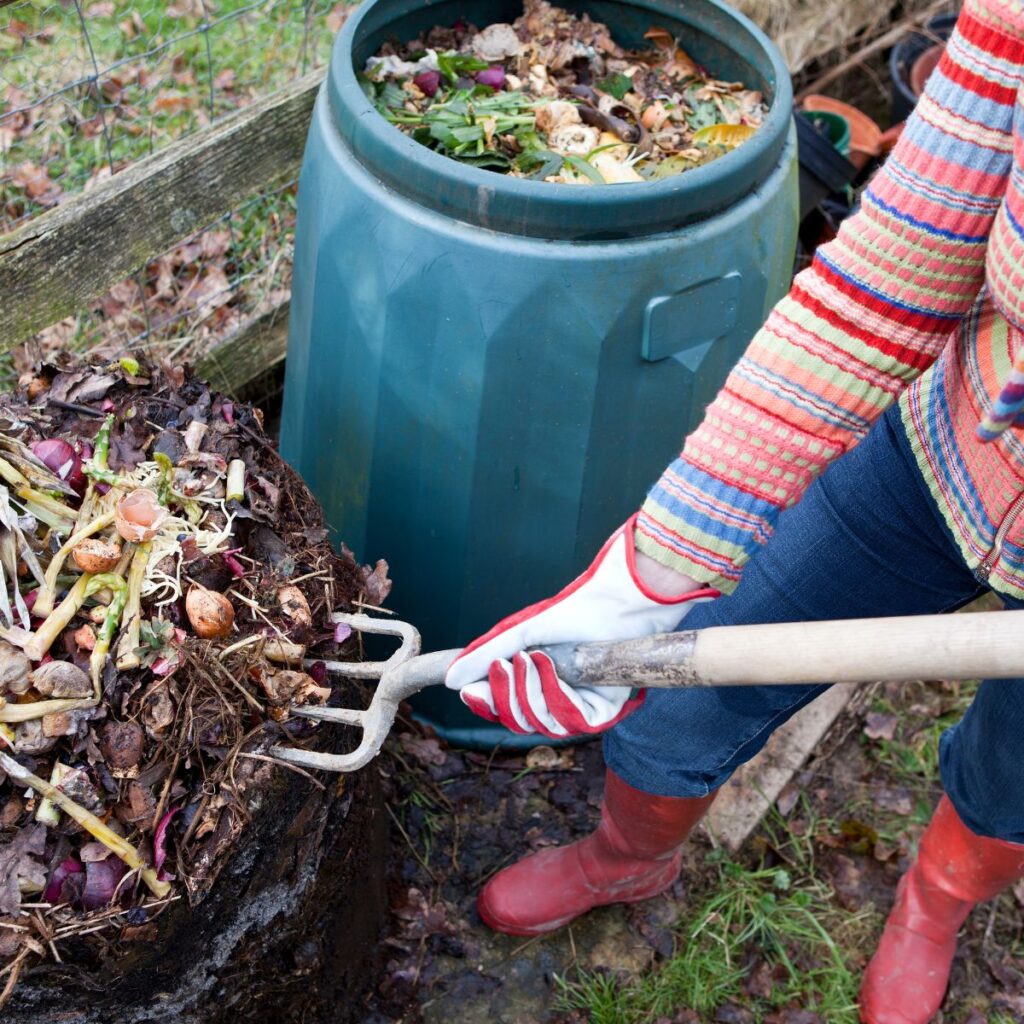
Cold Composting:
- Definition: Cold composting, also known as passive composting, is a slower and more hands-off method that allows organic materials to decompose at their own pace.
- Temperature Range: Cold composting operates at ambient temperatures, which can vary depending on climate and the compost pile’s location.
- Speed: This method is gradual, often taking several months to a year for the compost to mature and become usable.
- Ingredients: Cold composting is less demanding in terms of specific ratios. It involves layering green and brown materials and letting them decompose naturally.
- Advantages: Cold composting is less labor-intensive, making it an excellent choice for those who prefer a low-maintenance approach.
- Considerations: While cold composting may not reach the high temperatures of hot composting, it still produces valuable compost. However, it may not effectively kill all weed seeds or pathogens.

Choosing the Right Method:
Time Commitment: Consider the time you can dedicate to composting. If you’re patient and prefer a hands-off approach, cold composting might be the better choice. Hot composting could be ideal if you want quick results and are willing to invest more effort.
Available Space: Hot composting may require more space for frequent turning, while cold composting can be done in smaller areas without constant attention.
Goals: Hot composting is advantageous if you aim to produce nutrient-dense compost quickly with potential weed and pathogen control. Cold composting is suitable if you prefer a more relaxed and low-maintenance process.
- Pile or Heap Composting: The most straightforward method, where you create a compost pile in your backyard. This requires minimal effort, and nature does most of the work.
- Bin Composting: Compost bins are suitable for smaller spaces and help contain the composting process. They are available in various sizes and materials, such as plastic, wood, or metal, or you can make your own.
- Vermicomposting: Using worms to break down organic material, vermicomposting is an excellent option for those with limited outdoor space or living in apartments.

What to Include in Your Compost:
Green Materials: Fruit and vegetable scraps, coffee grounds, tea bags, grass clippings.
Brown Materials: Dry leaves, straw, shredded newspaper, cardboard.
Avoid: Meat, dairy, and oily foods, as they can attract pests and slow down the composting process.
Maintaining Your Compost:
Moisture: Keep your compost pile moist, like a wrung-out sponge. Watering occasionally helps speed up the decomposition.

Patience: Composting is a gradual process. Depending on the method and conditions, it may take a few weeks to several months before you have usable compost.
Conclusion:
Composting is a simple and rewarding way to reduce waste and enhance the health of your garden. By following these easy steps, you can turn kitchen and yard waste into nutrient-rich compost, creating a sustainable and eco-friendly cycle for your home. Get started today, and watch your garden thrive with the benefits of composting made easy!
